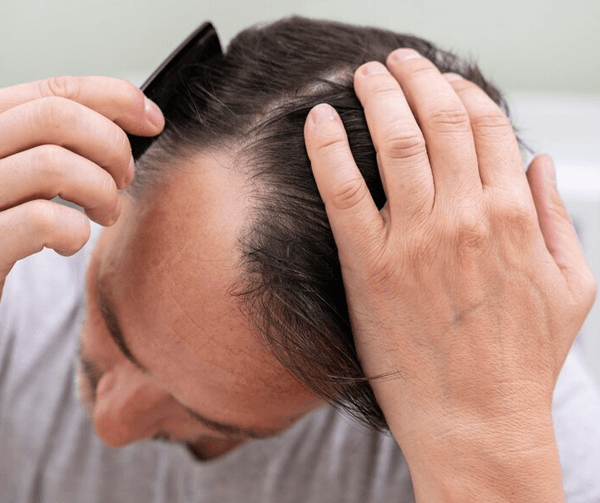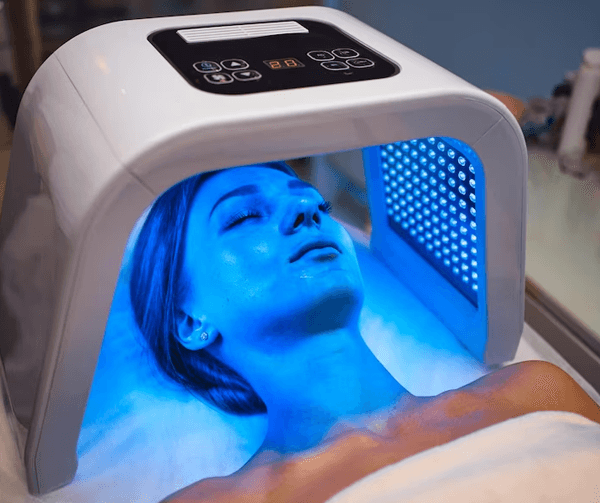When the cold winter months set in, there is nothing more enticing than soaking up the sun and enjoying its warmth. Heading out for a beach vacation means sitting on the beach and working on your sun tan and returning home with that bronzed look. However, what a lot of people do not realise is that while sunlight can give you the essential amount of vitamin D, too much of it can actually cause damage to the skin. Studies have shown that if your skin is exposed to excessive sunlight, it can be severely damaged – from sunburns to wrinkles and most dangerously, skin cancer.

Actually, what the sun does is that it damages the natural fibres of the skin, known as elastin, which leads to the skin becoming loose, saggy and flaccid. Because of the loss of elastin, the skin also loses its ability to protect itself against bruising or tearing and is unable to heal at the same speed as it used to.
Here are just some of the problems that too much exposure to the sun can cause:
- Uneven pigmentation: When the skin is exposed to too much sunlight, it increases the production of melanin, in an effort to protect the skin. While the skin might only seem darker to most people, it is actually a serious condition. The extensive exposure could actually lead to the permanent stretching of the small blood vessels, which could lead to your skin look distressed.
- Damage to darker skin: Even though a majority of people in the world are obsessed with light or fair skin, it is actually darker skin that is more protected against the effects of the sun. However, darker skin too can get badly damaged by the sun, and the result would be pigmentation and wrinkles.
- Solar lentigines on the forehead and other parts of the body: When the body is exposed to too much sun, there is an increase in pigmentation and when the same pigments appear in the form of flat spots, they are known as lentigines. These are normally black, brown or grey and can be of various sizes. The appearance of the same is generally on those parts of the body, which are most exposed to the sun, such as the face, back, neck, arms and legs.
- Solar elastosis: The rays of the sun have ultraviolet rays, and these can break the connective tissue of the skin. When this happens, the skin starts to lose not just the elasticity, but also the strength. What this will cause are creases on the skin, sagging skin and deep wrinkles.
- Melasma: This is a condition, wherein facial skin becomes brown and the dark patches, which emerge during the summer or spring months, and often fade away during the winter months. This condition is more common with women, because there is a connection between how the sun affects the skin and how the amounts of estrogen and progesterone affect the body.
- Actinic keratoses: This condition presents itself in the form of patches that are rough, scaly and slightly raised. The colour of the patches could vary from white to dark pink or even shades of brown. Yet again, the patches will appear on those parts of the body, which are constantly exposed to the sun.
- Lentigo maligna: This is the kind of growth that occurs over long time exposure to the sun and is most commonly seen on face, hands and legs. What starts off as a small spot can eventually become really large.
Some of the other problems that sun damage could cause include benign tumours, freckles, sallowness, which is a type of yellow discoloration of the skin and Telangiectasia, which is the dilation of the small blood vessels, which are present, right under the skin.
One of the reasons why most people are not able to recognise the damage caused by the sun is because they are unable to identify the symptoms. Many a times, the damage has already been done, by the time, people realise that something has gone wrong. Here are some of the most common symptoms of your skin being damaged by over exposure to the sun:
- Dry skin: When the skin has been constantly exposed to sunlight, the natural hydration is lost from the skin, which is what makes it dry. The skin will eventually become dry and flaky .
- Sunburn: When the sun damage is mild, it is often termed as a sunburn and you will have noticed this on occasions that you were on the beach or out in the sun for a long time. The lines where the skin has been affected will be really clear because of the clothes. The sunburnt area will be extremely tender and in some cases, it could cause nausea or blisters.
- Actinic keratosis: What might feel like a small bump, with a jagged surface and a brownish tint, could be the start of something serious. Initially, the condition could be the size of a pimple, but it could increase if not treated in time.
Treating sun damage can be tough at times, which is why it would be sensible to take the necessary precautions instead.
- Every time you are stepping out in the sun, make sure that you apply a good quality sunscreen, and ideally a water resistant one, because that will not wash off easily. Make sure that you apply the same on all parts of the body.
- Avoid trying to go out at times when the sun is at its strongest. In case you do have to go at such times, ensure that you cover up really well. Wear sunglasses that will offer your eyes UV protection and wear a hat that has a wide brim.
- There are certain medications that could increase the chances of your skin being damaged by UV rays and you will need the help of a doctor to identify the same. These medicines could include your daily prescription ones too and it is imperative that you understand what precautions you need to take.
If you remain sun safe and check your entire body on a regular basis, you could be safe from the damage that sun can cause.








